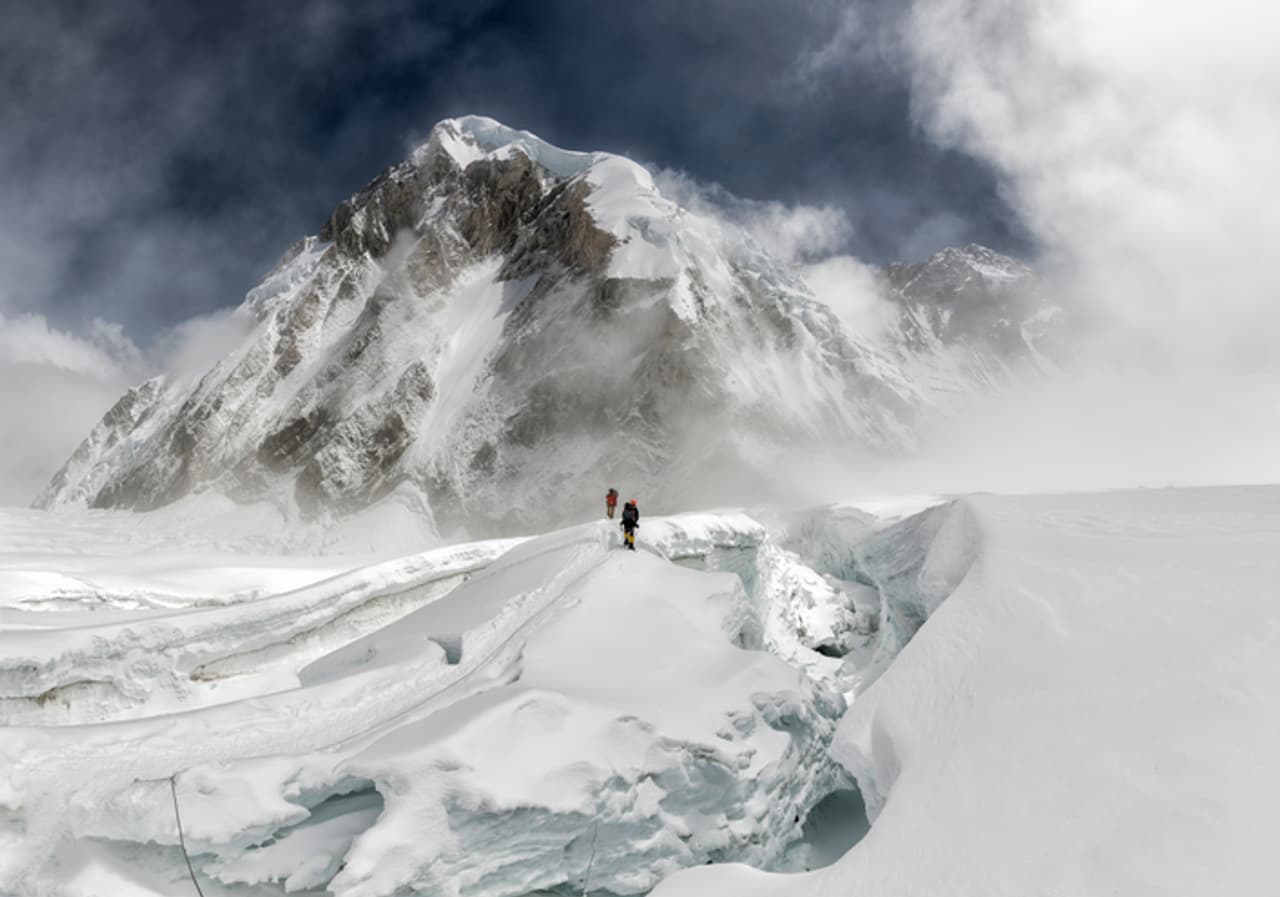- Home
- Lifestyle
- Mount Everest Day 2025: Do you know the tallest mountain in the world is still growing? Check 7 interesting facts
Mount Everest Day 2025: Do you know the tallest mountain in the world is still growing? Check 7 interesting facts
Mount Everest Day 2025: Mount Everest is not only the tallest mountain above sea level but also a geological wonder that continues to change. Here are 7 interesting facts about the world’s highest peak

Mount Everest Is Still Growing
Mount Everest continues to grow at a very slow rate—about 4 millimetres per year—due to the ongoing tectonic collision between the Indian and Eurasian plates. This geological movement pushes the Himalayas upward, meaning Everest is not static but evolving over time.

It Has Multiple Names Across Cultures
While it's known globally as Mount Everest, it’s called Sagarmatha in Nepal, meaning “Goddess of the Sky,” and Chomolungma in Tibet, meaning “Goddess Mother of the World.” These names reflect the mountain’s spiritual and cultural importance to local communities.
The Summit Is in the Death Zone
At 8,848.86 meters (29,031.7 feet), the summit lies in the "Death Zone," where the oxygen level is so low that the human body cannot survive for long. Climbers often use supplemental oxygen to avoid hypoxia, frostbite, or fatal altitude sickness in this extreme environment.
It Was First Conquered in 1953
Sir Edmund Hillary from New Zealand and Tenzing Norgay, a Sherpa of Nepal, became the first confirmed climbers to reach the summit of Mount Everest on May 29, 1953. Their historic feat was a monumental moment in the history of exploration and mountaineering.
Mount Everest Has Its Own Weather
Due to its height, Everest experiences its own microclimate. The weather can change rapidly and dramatically, with jet stream winds reaching up to 200 mph. Even during the best climbing months—May and September—conditions can become life-threatening within minutes.
Hundreds of Bodies Remain on the Mountain
Due to the harsh conditions and logistical challenges of high-altitude recovery, over 200 bodies of climbers who perished still remain on Everest. Some have even become landmarks, such as “Green Boots,” used by climbers to gauge their path to the summit.
It's a Hotspot for Scientific Research
Scientists study Everest to understand climate change, glaciology, and even high-altitude biology. Ice cores and atmospheric data collected from Everest provide critical insights into global warming, as its glaciers are rapidly melting due to rising temperatures.
Explore the latest Lifestyle News covering fashion, wellness, travel, Food and Recipes, and more. Stay updated with trending Health News, fitness tips, and expert insights to inspire your daily living. Discover personalized lifestyle trends that keep you stylish and informed. Download the Asianet News Official App for everything that adds value to your everyday life.

